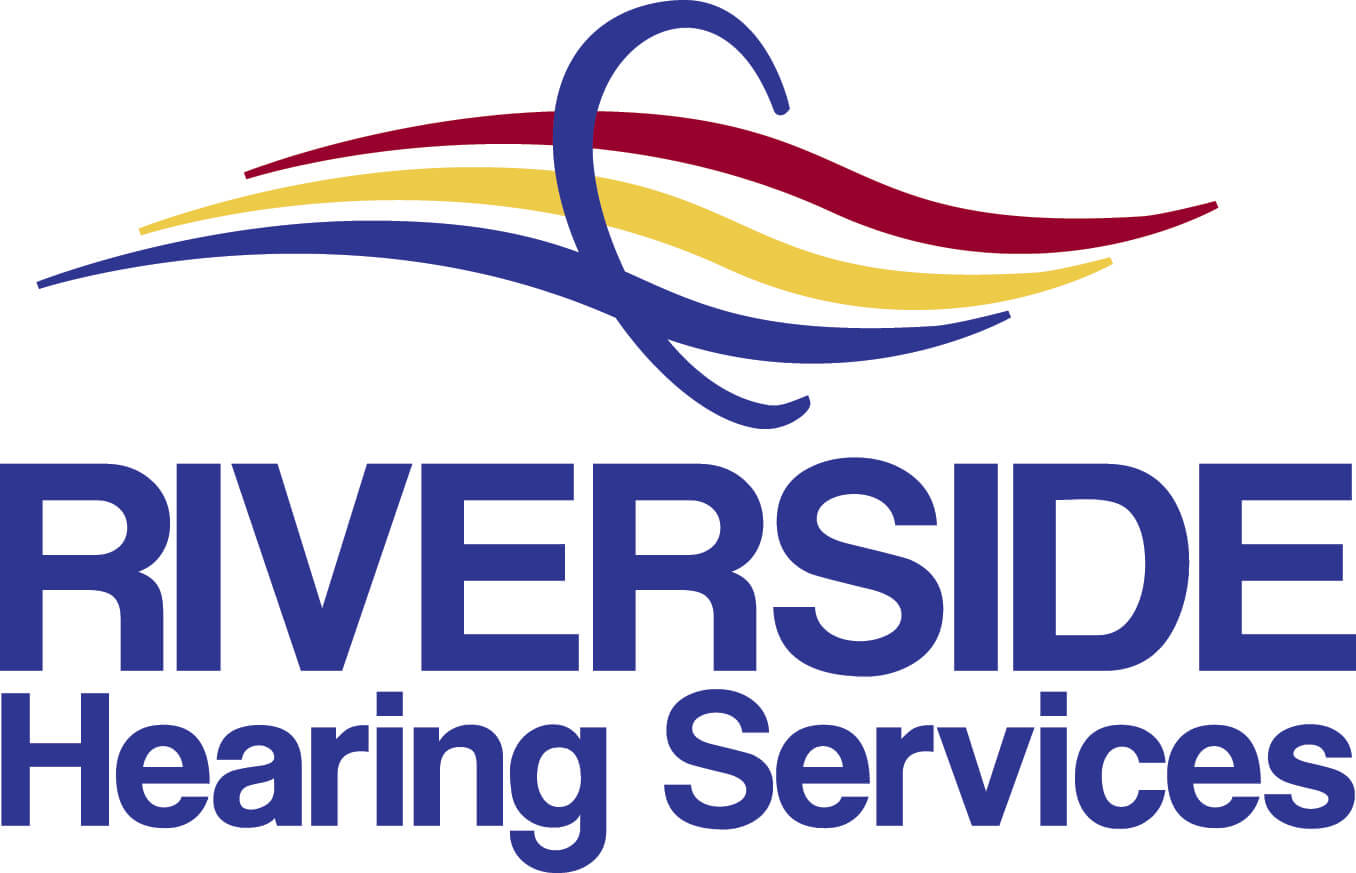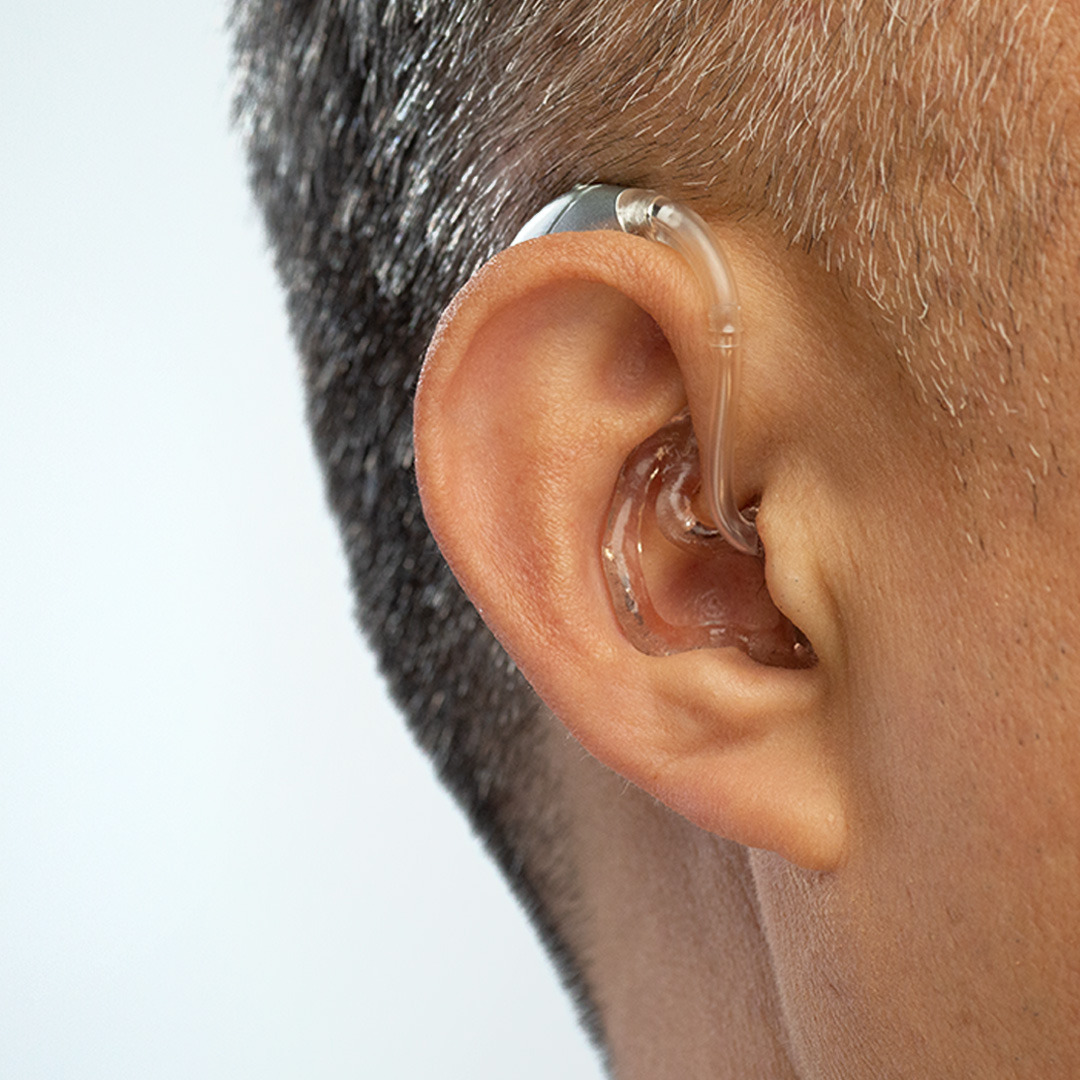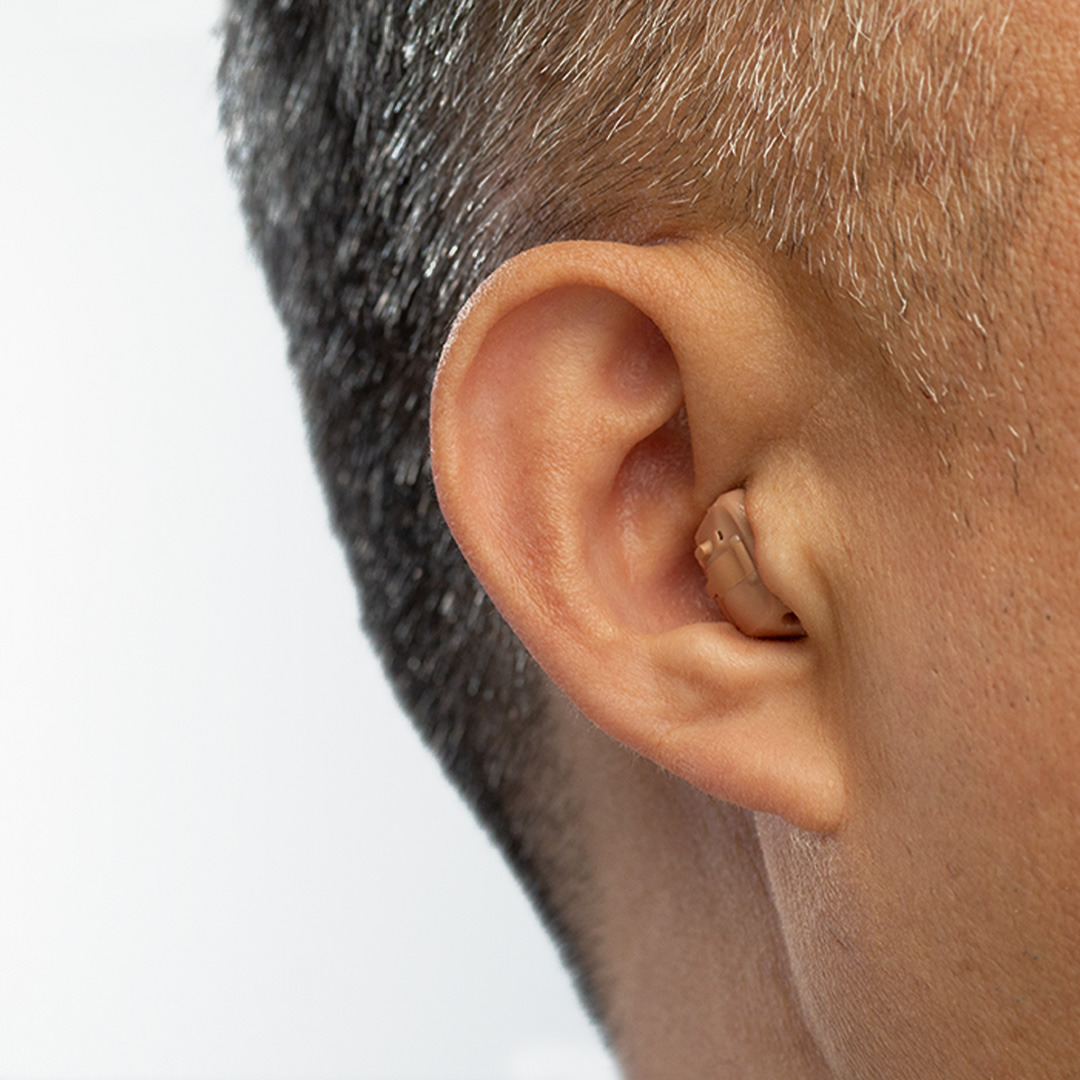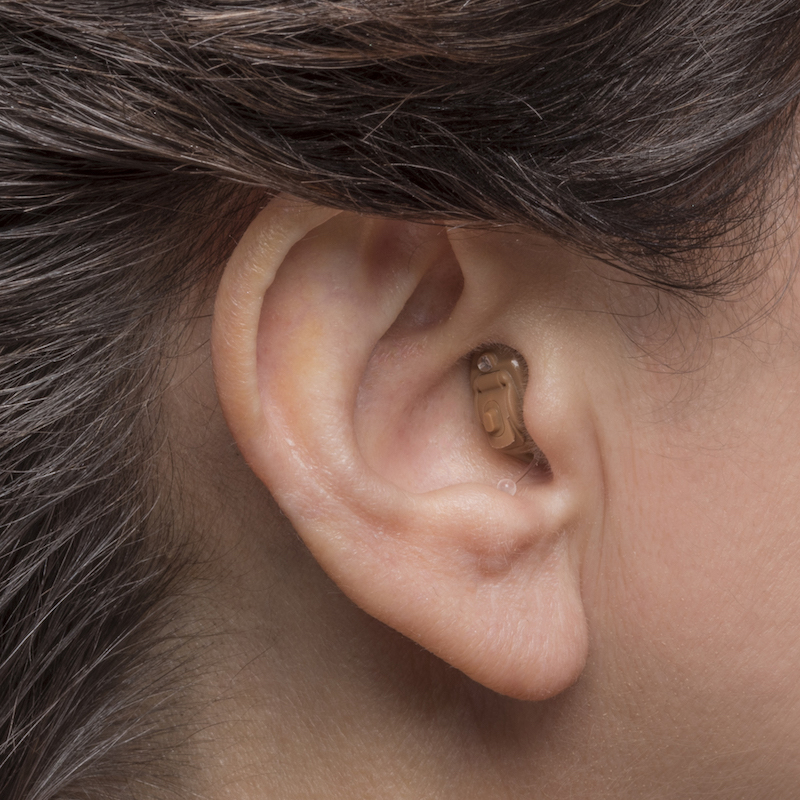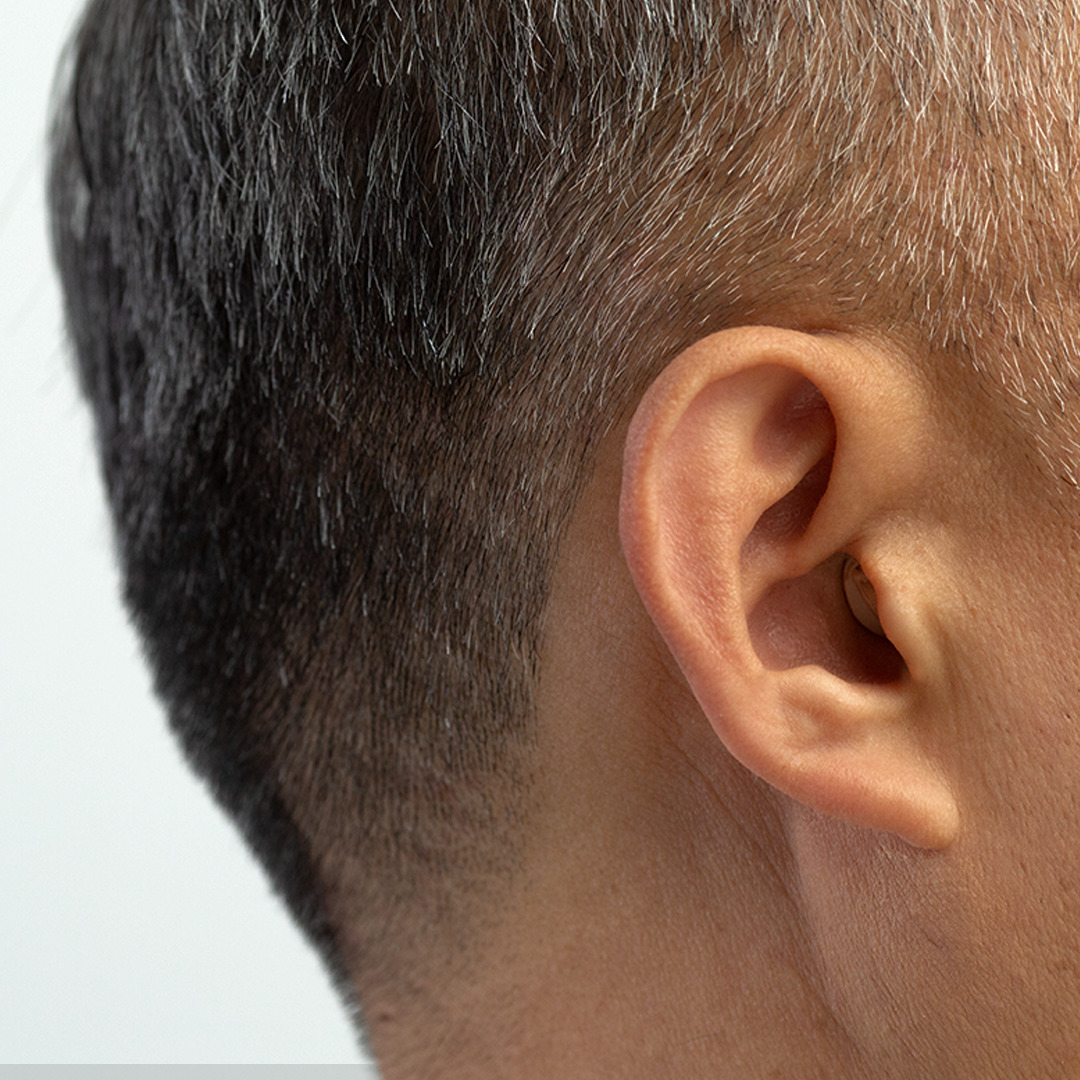HEARING AIDS
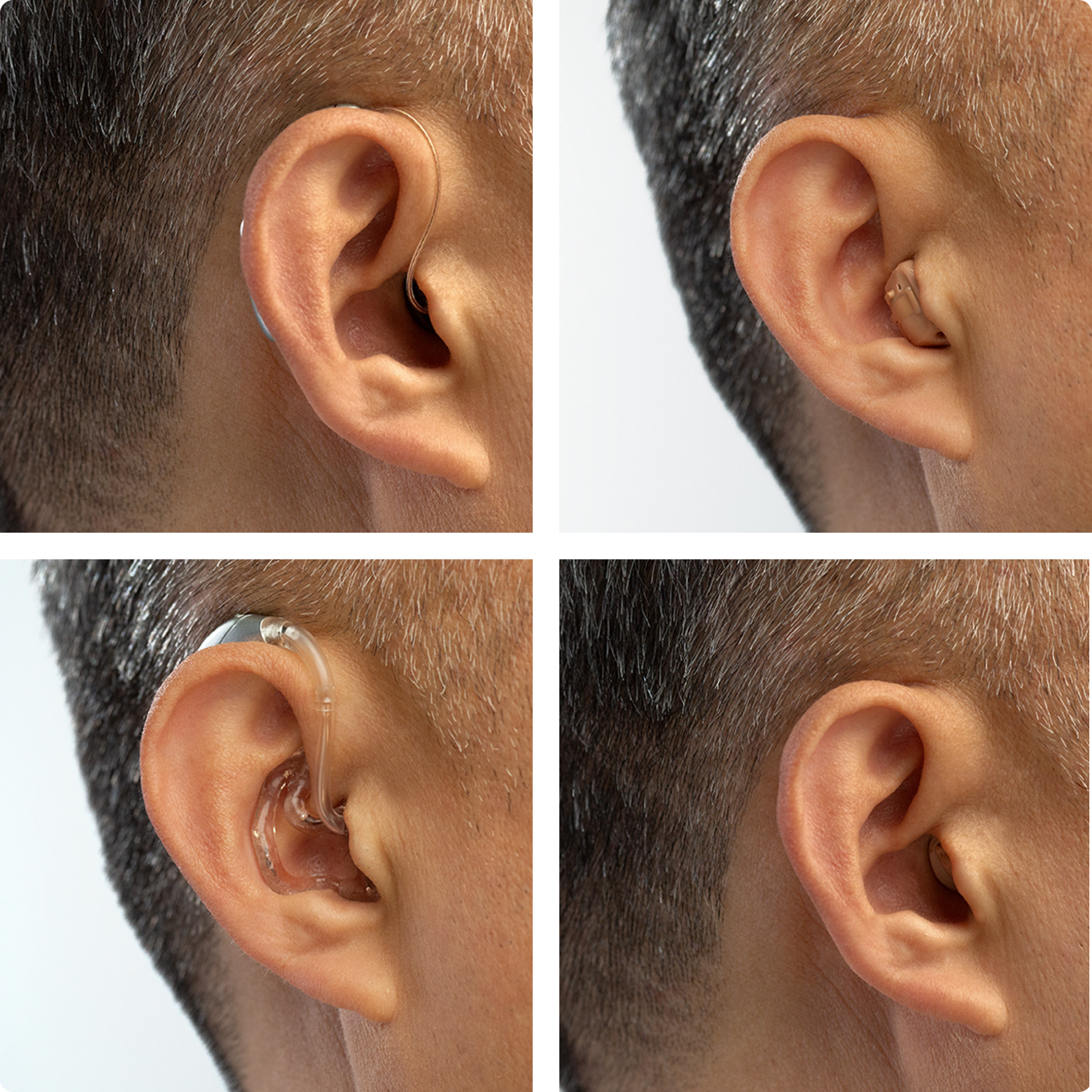
Types of Hearing Aids
If you or a loved one are considering hearing aids, it's essential to understand the various options and features to make an informed decision. Hearing aids have come a long way in recent years, offering a wide range of choices to suit individual needs and preferences. At Riverside Hearing Services, we offer many different types of hearing aids to fit your individual needs. Here you will find the most common types of hearing aids and many of the features they offer.
Introduction to Hearing Aids
Hearing aids are small electronic devices designed to amplify and enhance sound for individuals with hearing loss. They work by capturing sound through a microphone, processing it digitally, and then delivering the adjusted sound to the wearer's ear through a speaker or receiver. The goal is to improve the wearer's ability to hear and understand speech and environmental sounds.
Features and Technology
When choosing a hearing aid, consider the following features and technologies:
Digital vs. Analog
Digital hearing aids offer superior sound quality and the ability to adjust settings for different listening environments. Analog hearing aids are less common and offer limited customization.
Directional Microphones
Directional microphones focus on sounds in front of the wearer while reducing background noise, improving speech clarity in noisy settings.
Rechargeable vs. Disposable Batteries
Rechargeable hearing aids have become a very popular option and comprise better than 90% of the hearing aids sold currently in our office. These devices have built-in batteries that can be charged, eliminating the need for regular battery replacements. Disposable battery models are also available but are becoming less common due to the convenience and sustainability of rechargeable options.
Noise Reduction
Many modern hearing aids come with noise reduction technology to minimize unwanted background noise, making it easier to hear conversations.
Connectivity Options
Some hearing aids are Bluetooth-enabled, allowing users to connect directly to smartphones, iPads, and some tablets, enhancing the listening experience. However, it's important to note that these devices cannot connect directly to TVs. This feature is particularly useful for seamless audio streaming directly into the hearing aid, offering users a high degree of convenience and flexibility.
Additionally, for those looking to enhance their TV viewing experience, wireless accessories, including TV streaming devices, are available. These accessories greatly enhance TV sound quality and clarity from anywhere in the room, making them an excellent option for hearing aid users seeking to improve their auditory experience with television and other audio sources.
Choosing the Right Hearing Aid
Selecting the right hearing aid depends on various factors, including the type and degree of hearing loss, lifestyle, budget, and personal preferences. Consult with an audiologist or hearing care professional for a thorough evaluation and personalized recommendations.
Maintaining Your Hearing Aid
Proper care and maintenance are essential to ensure the longevity and performance of your hearing aid. Regular cleaning, battery replacement, and professional check-ups are crucial for optimal results.
Hearing aids can significantly improve the quality of life if you or members of your family are experiencing hearing loss. Understanding the different types and features available will help you make an informed decision. Our team at Riverside Hearing Services can help you find the best hearing aid that suits your unique needs and preferences.
If you have any questions or need further assistance, please don't hesitate to contact us. Your hearing health is our priority, and we're here to help you every step of the way.
